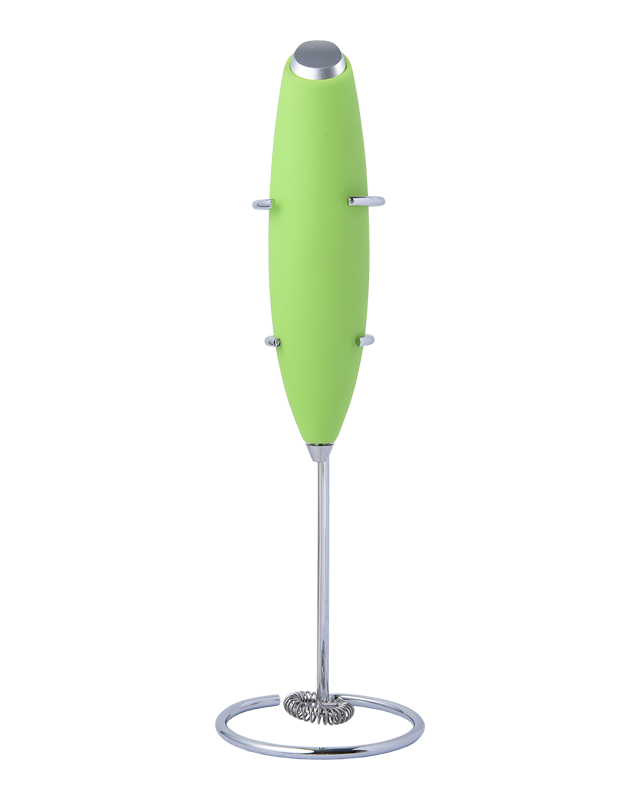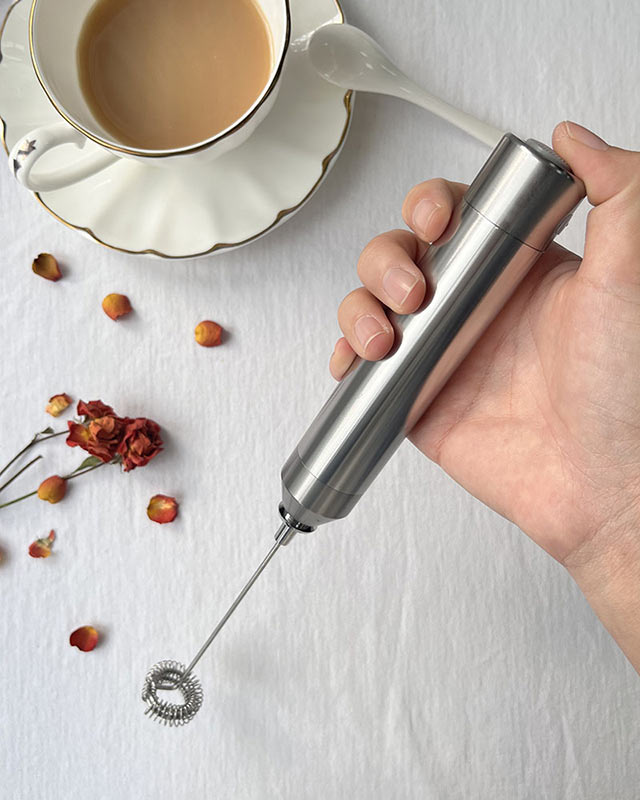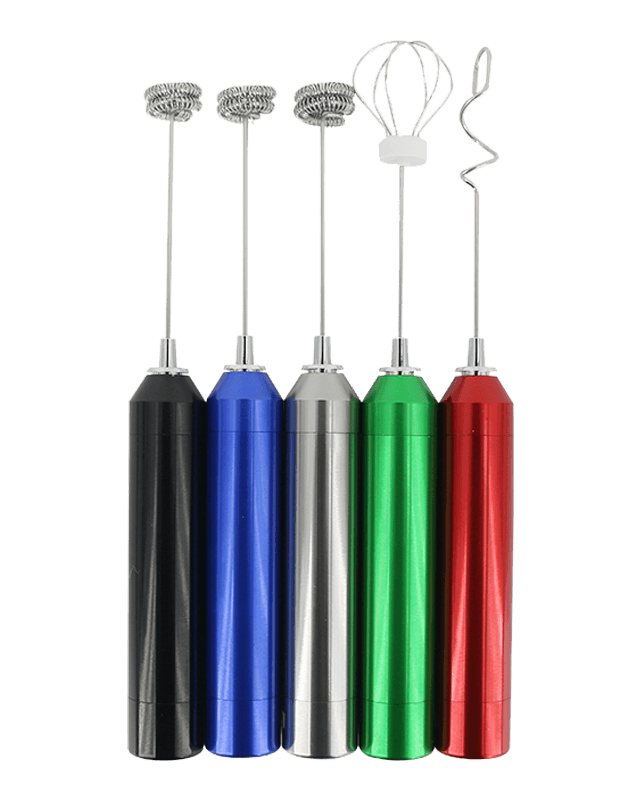The coffee foam mixer’s primary function is to introduce air into milk or milk alternatives to create foam. The motor’s power governs how quickly and forcefully the whisk or frothing attachment rotates. A higher wattage motor can reach elevated rotational speeds and sustain them with sufficient torque, allowing for vigorous and uniform mixing of air and liquid. This process produces fine, densely packed foam bubbles that yield a creamy, velvety texture. The increased speed enhances the shear forces on the liquid surface, promoting microfoam formation with smaller and more consistent bubbles, which are crucial for latte art and mouthfeel. In contrast, mixers with less motor power operate at slower or fluctuating speeds, leading to irregular aeration that forms larger, uneven bubbles. These result in foam with a coarse texture and reduced volume, lessening the sensory appeal of the coffee.
The strong motor delivers steady and reliable speed throughout the frothing process, which is essential to maintaining foam consistency. When the motor can resist load changes—such as the increased viscosity encountered during frothing—it ensures the whisk continues to rotate smoothly without speed drops or interruptions. This stability supports the creation of foam that holds its structure and does not quickly collapse or separate. High motor power is especially beneficial when frothing richer, creamier milk, or plant-based alternatives that tend to be thicker and require more force to aerate properly. If a motor lacks sufficient power, it may stall or slow under resistance, producing unstable foam with poor texture and short lifespan.
Different milk types and milk substitutes have varying protein and fat contents, which significantly influence their foaming behavior. Full-fat dairy milk requires moderate power to form dense foam, whereas low-fat, skim, or plant-based milks like almond, oat, or soy often need more intense aeration due to their different chemical compositions. A coffee foam mixer equipped with a powerful motor is capable of adapting to these differences, providing enough rotational force to create desirable foam quality regardless of the milk variety. This versatility allows users—whether baristas in specialty coffee shops or home enthusiasts—to experiment with diverse ingredients without sacrificing foam texture or volume.
Motors with higher power ratings are built to handle demanding operational cycles without overheating or degrading quickly. This robustness is critical in commercial environments where coffee foam mixers undergo frequent, prolonged use. A strong motor not only maintains consistent rotational speed but also resists wear and tear, ensuring the device’s longevity and dependable performance. Conversely, lower power motors tend to wear down faster, may overheat, and experience performance drop-offs, which directly affect foam quality and require more frequent repairs or replacements. Motor power is intrinsically linked to the tool’s durability and the consistency of foam production over time.
Many advanced coffee foam mixers incorporate variable speed controls that allow users to adjust the whisk rotation speed according to their foam preferences and the type of coffee beverage being prepared. A motor with sufficient power can accurately respond to these settings, providing smooth transitions between speeds without lag, hesitation, or stalling. This responsiveness is vital for users aiming to craft a wide range of foam textures—from light, airy froth for a cappuccino to dense, silky microfoam for latte art. Inadequate motor power limits this control, resulting in underperformance or inability to reach higher speeds required for finer foam. Thus, motor power enhances the precision and versatility of the frothing process, empowering users to tailor their coffee experience.



 English
English
 Français
Français
 Español
Español
 Deutsch
Deutsch
 日本語
日本語





























